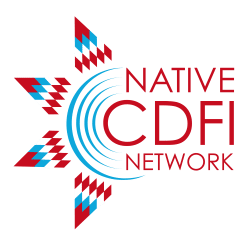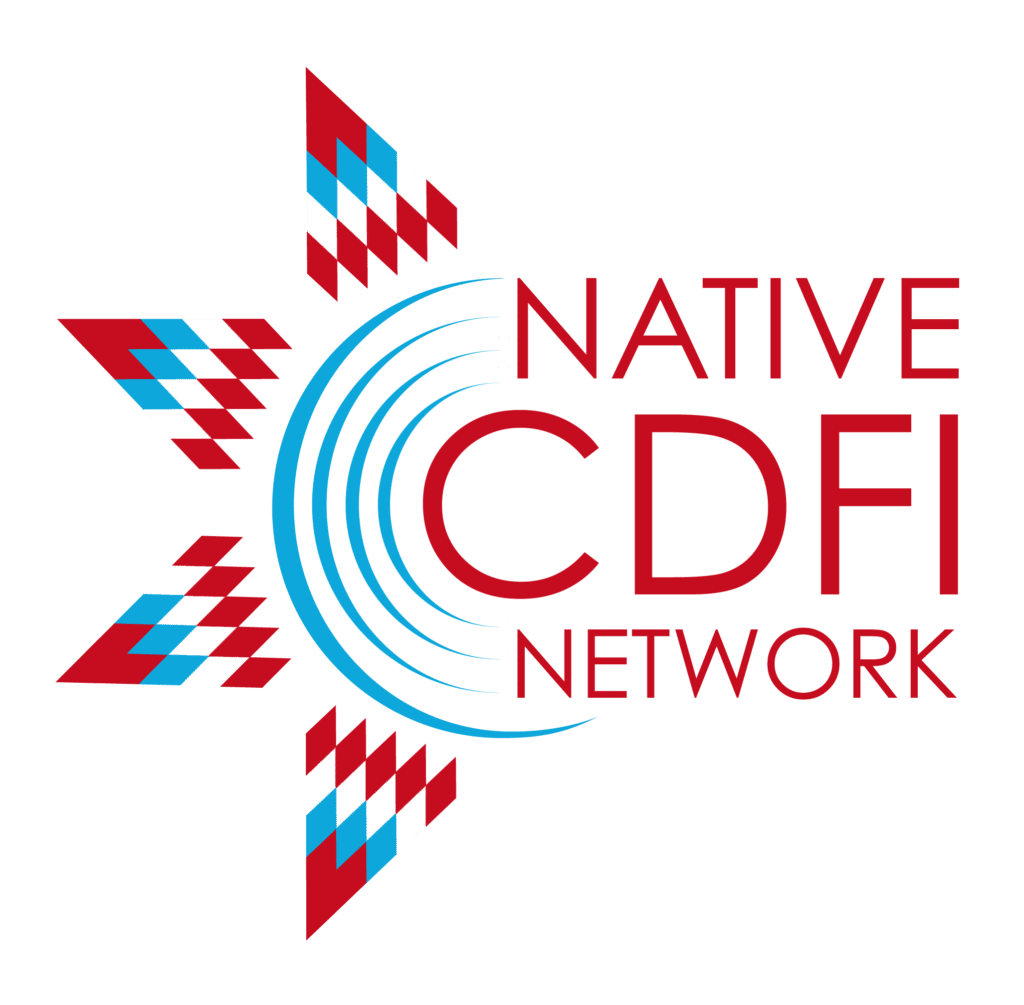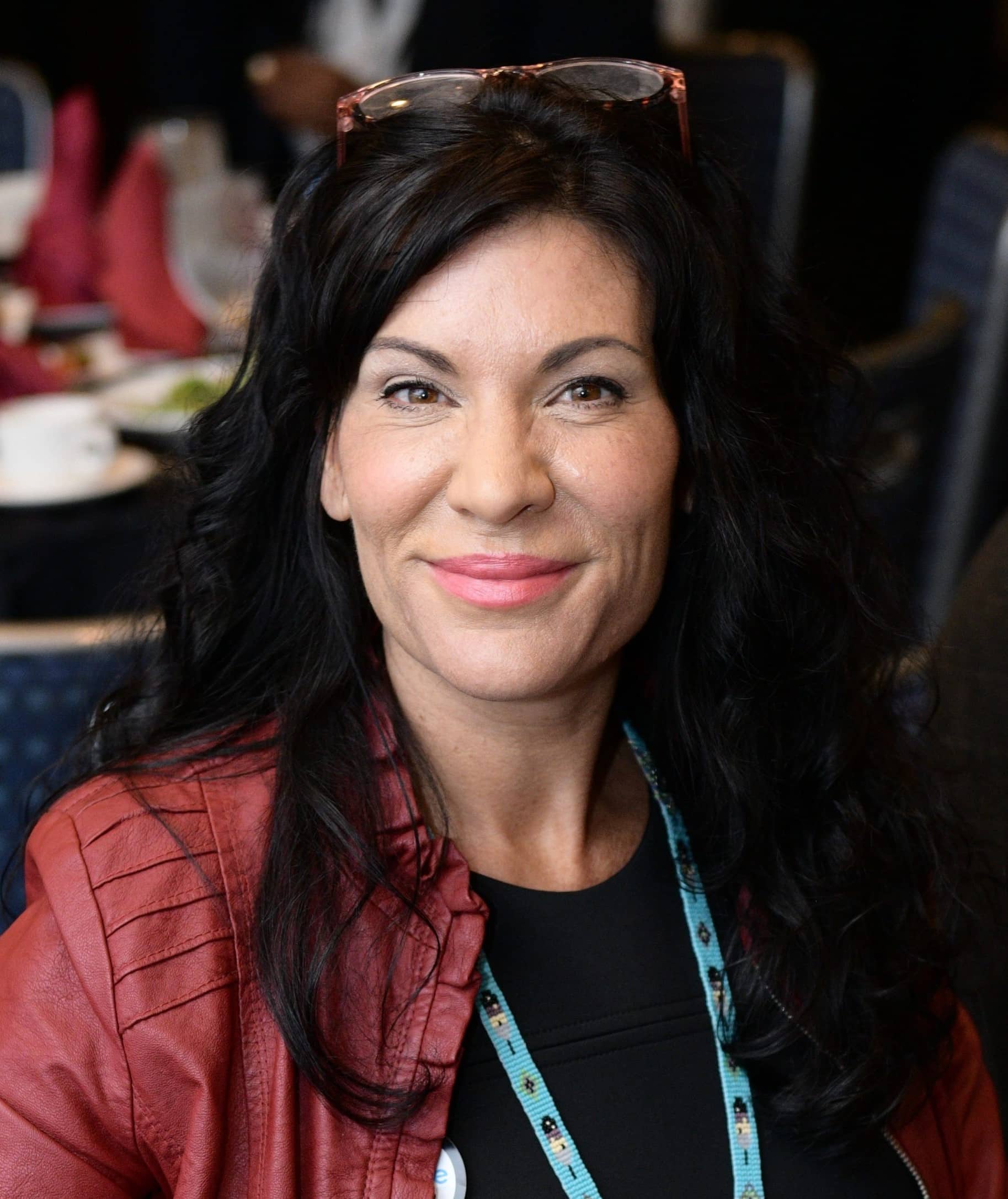
Cornelius has worked with Native communities for most of her professional career, with more than 23 years of experience working in the Native economic development field. She is an enrolled member of the Oneida Nation of Wisconsin and a member of the Turtle Mountain Band of Chippewa Indians located in North Dakota. She has dedicated her career to capitalizing Native communities upholding tribal sovereignty and self-determination measures through the issuance of capital and organizational capacity building efforts.
Cornelius is a founding steering committee member and previously served as Board Secretary for the Native CDFI Network (NCN). She is also a former board member of Opportunity Finance Network, a current board member of the Community Reinvestment Fund, and holds the position of Treasurer for the Red Feather Development Group.
In this engaging conversation with NCN, Chrystel shares how Oweesta has evolved to meet the growing needs of Native CDFIs and communities, and how the organization quickly pivoted to help Indian Country deal with the economic impacts of the COVID-19 pandemic.
NCN: Greetings Chrystel, it’s good to have you with us today. Welcome.
Cornelius: Thank you. I really appreciate the invitation.
NCN: So why do you do what you do? How did leading Oweesta Corporation become your life’s calling?
Cornelius: I’ve worked in the economic development sphere for my tribe and now with Oweesta on a larger level to help Native nations implement and expand upon economic sovereignty that is culturally relevant, that is inclusive to communities, and that truly builds communities. In looking at my life’s calling of where I am and why this is so important, it’s really simple: I don’t think our reservation communities should be telling our children or younger generations, “You need to leave the reservation to have a better life.” This has become my life’s work because our people are worth it, our people are credit worthy, and we need to build our sovereign nations and Native CDFIs are the conduits that have been doing this work for decades.
“A lot of our tribal communities are in remote areas. They are not being banked by conventional institutions, and we’re predominated by predatory lenders as our only outlet for credit, which we know is extremely detrimental to our communities. So Native communities create CDFIs to serve as a pillar and backbone to provide a space for capacity building and low-cost, fair credit opportunities to build individuals’ assets.”
NCN: As you know, there are about 70 federally certified Native CDFIs across the country and many more “emerging” CDFIs following in their footsteps. Why did Native communities feel it necessary to create CDFIs, and what fundamental role do they play?
Cornelius: This all stems from the creation of Native CDFIs when the CDFI Fund was started in the late 1990s. As many of us recall, Congress for the first time in history called for a publication to understand why millions upon millions of dollars were being allocated to tribal communities, and yet so many tribal communities were still in extreme poverty. So they held listening sessions across the United States. It took two years, and they came out with the Native American Lending Study, which found 17 major barriers to economic development. First and foremost was a lack of capital and access to credit for both tribes themselves and tribal members individually. So in looking at why do tribes, why do organizations create Native CDFIs, what we find within our history is many tribes are doing the very best they can with a very small budget, and they do not have the funding to help private sector development or homeownership. They do not have capital capacity to really build outside of tribal infrastructure. A lot of our tribal communities are in remote areas. They are not being banked by conventional institutions, and we’re predominated by predatory lenders as our only outlet for credit, which we know is extremely detrimental to our communities. So Native communities create CDFIs to serve as a pillar and backbone to provide a space for capacity building and low-cost, fair credit opportunities to build individuals’ assets. That can be credit repair loans, an array of consumer loans, small business loans, and home ownership. In looking at how we create wealth generally in America, how Natives are able now to participate in these endeavors by creating businesses, by creating general generational wealth through homeownership, or simply being able to fix their credit and have a much better, viable option to participate in the financial mainstream – we’re acting as those institutions to provide that opportunity.
NCN: What do policymakers, philanthropy, banking institutions, and the general public who aren’t familiar with Native CDFIs need to understand about them and the difference they make?
Cornelius: It’s being outside of any larger footprint for foundations and philanthropic dollars. So we have to educate foundations quite a bit on opening up their markets to include certain areas that are in need. We do find there’s still a huge misconception that, despite 20 years of very successful financial performance, Indian Country is a risky bet. That often comes from not understanding sovereignty, not understanding trust land status, but for those that work in outside non-Native entities that have invested, we have figured out those mechanisms to complement sovereignty, complement trust land, and have built larger infrastructures and created quite a bit of economic attainment in many ways. We are still outperforming banks. We are credible lenders. We have very low defaults, very low delinquency rates. So it’s a re-education of: what do rural communities look like, what does Indian Country look like, and how can you participate?
NCN: You got your start in this field on your home reservation at Turtle Mountain, and in 2006 you founded a CDFI there, which was the first nonprofit established on the reservation. What compelled you to create this CDFI?
Cornelius: I was a tribal planner for many years. Our tribe is a very small tribe. We’re six by 12 miles in area, very close to the Canadian border, and about 100 miles away from any large infrastructure or town or city, so my tribe is an asset-poor tribe. So what was happening was a lot of individuals were coming to the tribe and requesting assistance to receive a mortgage or a small business loan. The tribe would inevitably send our tribal members to the planning office and we would look for ways to assist, whether that’s an SBA loan or other different measures that we knew were available. With the creation of the CDFI Fund and the ability to create a CDFI, I worked with the tribe and the housing authority and received their blessing to create this institution that could address our mass community needs and create an outlet for capital to build our economic base in the private sector, to help with homeownership, with home rehab, and consumer lending opportunities.
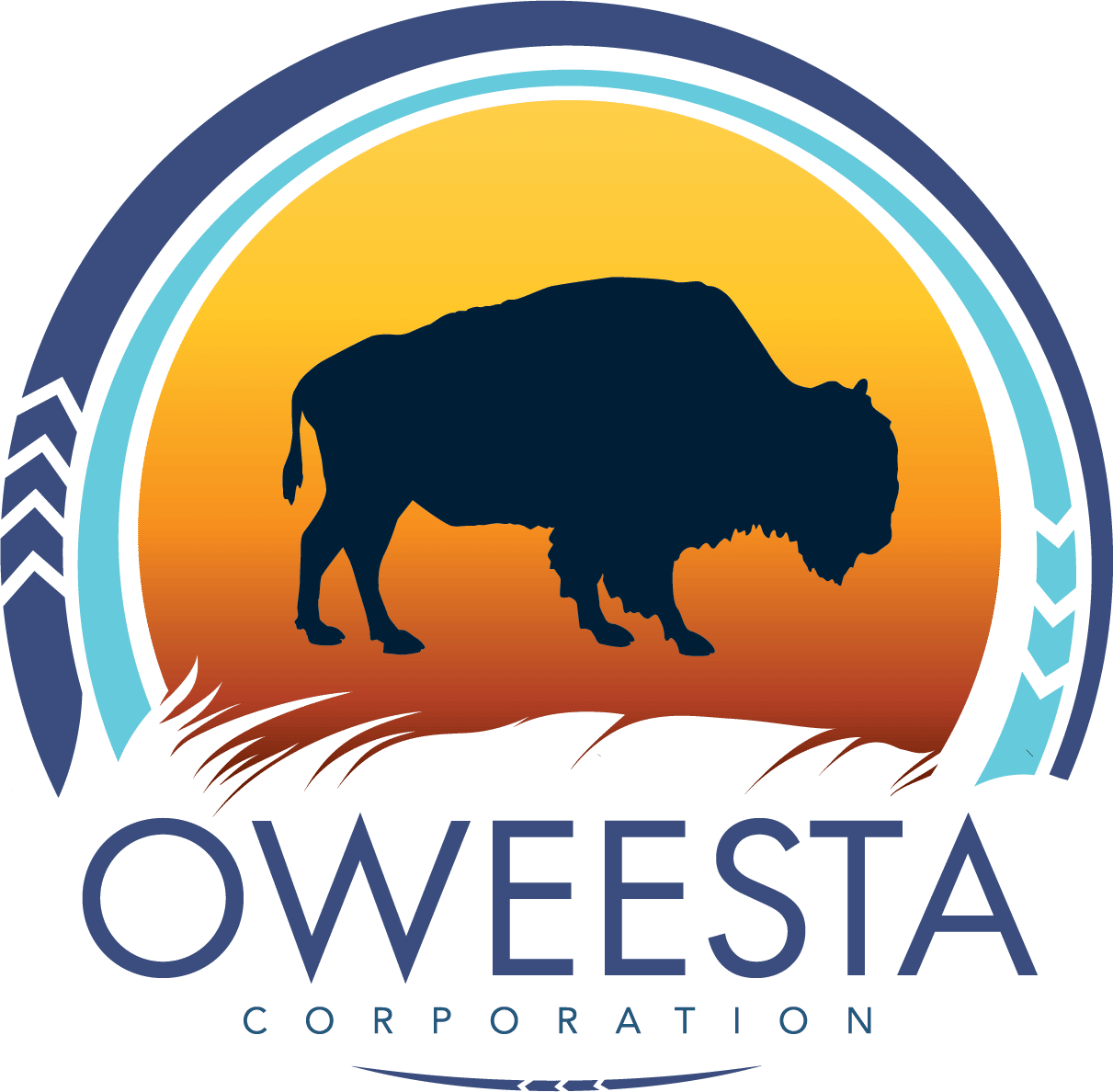 NCN: So after your work at Turtle Mountain, you then joined the staff of Oweesta Corporation, which for more than two decades has “provided the tools, training, and capital to help Native people control their economic destinies” as a national Native CDFI intermediary. What does this work entail on a day-to-day basis, and how does Oweesta – as an intermediary – help raise the tide for all Native CDFIs?
NCN: So after your work at Turtle Mountain, you then joined the staff of Oweesta Corporation, which for more than two decades has “provided the tools, training, and capital to help Native people control their economic destinies” as a national Native CDFI intermediary. What does this work entail on a day-to-day basis, and how does Oweesta – as an intermediary – help raise the tide for all Native CDFIs?
Cornelius: I feel very honored to be in this role serving Oweesta, which is the longest-standing intermediary Native CDFI in the nation. We have a deep history. I think our greatest strength is our deep relationships with our Native CDFIs and having the ability to work together to uplift our Native communities. We find we tend to be the first debt investor into Native CDFIs to enable them to manage their first debt, build their balance sheet, and build their investment portfolio to entertain other investors in this measure. Within our strategic plan, which is what drives our operations, we work in conjunction with Native CDFIs, our partners, and our funders to determine where we need to enhance capability. So we’ve changed quite a bit of our programmatic dynamics and lending products based on that need and the growth of Native communities and the Native CDFI field. We’re working on investments within Native CDFIs, we’re looking at participation lending, which has been really exciting. We’ve got two new deals that we have within that measure.
On the capacity building side, we continue to provide our basic financial education suite of services. We have the widest-used Native-driven and culturally relevant financial education curriculum called “Building Native Communities: Financial Skills for Families.” We’ve also developed a youth curriculum and a coaching curriculum.
Oweesta works to open up and serve as a bridge to capital rather than a gatekeeper of capital. Sometimes, we end up being the first face with investors in getting them to entertain the thought of investing within Indian Country. So we share the incredible work our Native CDFIs are doing, as well as our own statistics. For example, we have a 0.01% default rate. We’ve had one default in our whole history. That was a $10,000 loan, but they paid back $7,000. A lot of this is storytelling. It’s gaining new entrants into the field. We’ve done a wonderful job of somewhat cracking the nut within the social investment field, and that’s really been prosperous by bringing direct investors to Native CDFIs without the caveat of Oweesta. So day to day, it’s still the matrix of what a CDFI is – it’s providing the capacity building, capital measures, and capital tools that are needed and growing with our Native nations and our Native CDFIs to act in the best ways we can as an intermediary.
NCN: Oweesta considers one of its most noteworthy accomplishments to date its Native American COVID-19 Disaster Recovery Fund, a $36 million dollar fund for Native communities struggling financially with the pandemic. How did the Fund make a difference during an incredibly difficult time for Indian Country?
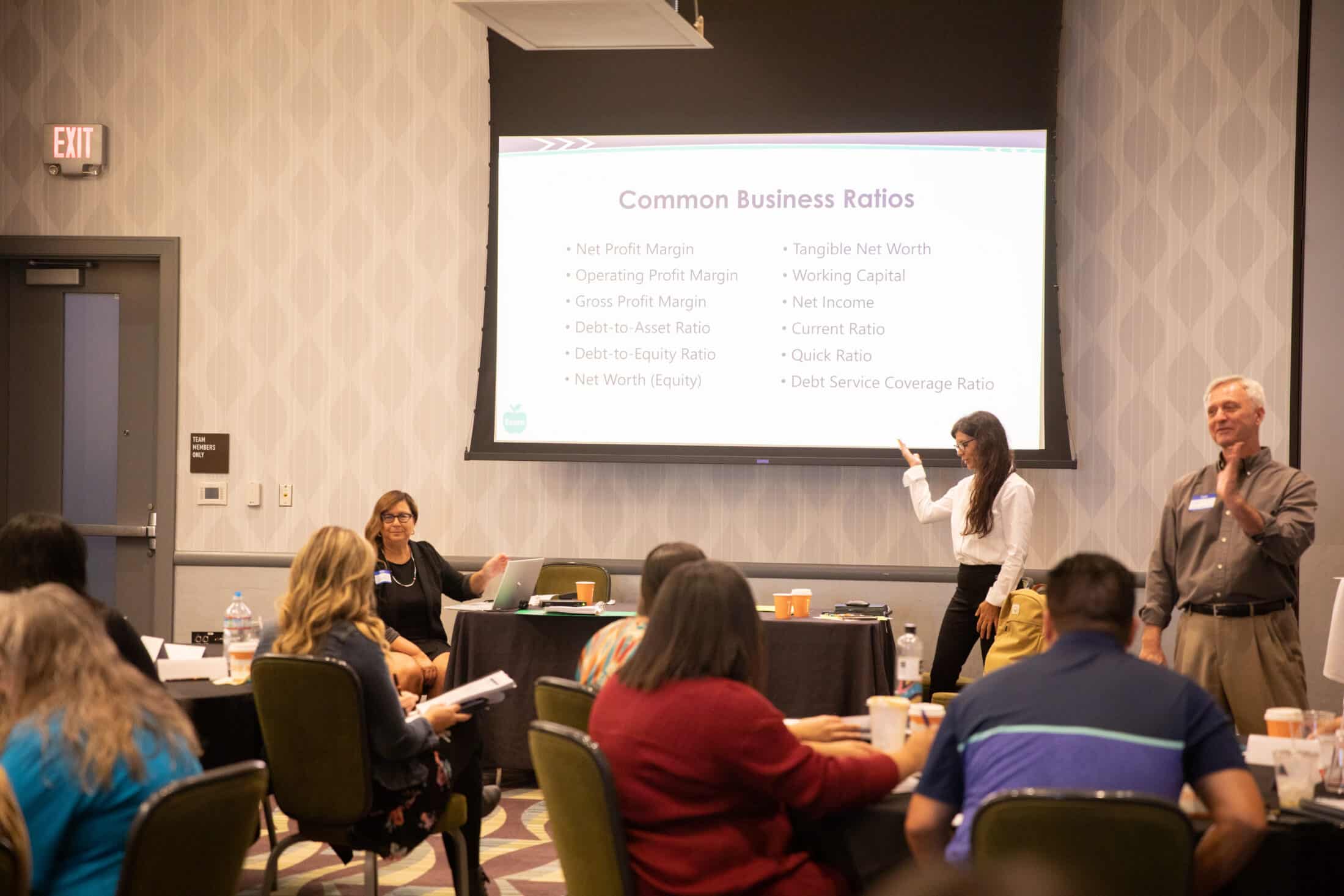 Oweesta holds its “Underwriting – Consumer, Business, Housing” training for about 30 Native CDFI practitioners seeking certification as loan officers, September 2022 (Courtesty: Oweesta Corporation).
Oweesta holds its “Underwriting – Consumer, Business, Housing” training for about 30 Native CDFI practitioners seeking certification as loan officers, September 2022 (Courtesty: Oweesta Corporation).Cornelius: The history of the Fund is interesting. Prior to the pandemic, Oweesta had put together a $10 million capital aggregate fund – the first of its kind – in which Native CDFIs had the ability to receive up to $1 million with 10-year terms. Long-term, low-cost capital is incredibly important to building our Native nations. After that first $10 million fund, in looking at many of our CDFIs adding housing and mortgage products, we set out to create what we thought would be a 15-year, $15 million fund to act as a secondary market for those Native CDFIs that wanted to begin providing mortgage products. Then COVID hit, and we immediately saw an extreme need for emergency lending products. So we realized we had to redesign and raise additional money for this fund, which became a $36 million Native American COVID Relief and Recovery Fund. We’ve had 27 CDFIs benefit from this fund to date, and we have two more loans to before it’s fully closed. This was incredibly important, because as we normally see during recession or crisis, there is not a lot of capital milling around to address emergency needs. So while this initially was a longer-term endeavor, we were able to pivot very quickly to provide funding in an expedient manner, which literally saved lives. When COVID hit, it shut down entire tribal economies. We saw entire communities running out of their savings accounts. We were seeing bills that people needed to pay. Federal funding was not coming in as quickly as it should. By providing these new emergency loan programs, this kept children fed. This provided individuals waiting for their unemployment checks the ability to keep their heat on. It was a life-saving fund that met the needs of Indian Country.
NCN: Oweesta Corporation has helped a great number of Native CDFIs and Native individuals. Is there a particular success story that really inspires you that you would like to share?
Cornelius: As most of our reservation communities experience, Native Hawaiian communities deal with a severe lack of housing and overcrowded housing. Through our COVID fund, some of our Hawaiian Native CDFIs created a loan program that built tiny homes. These were essentially quarantine homes they built immediately for their elders to protect them from the virus so they could keep them alive and retain their cultural knowledge. They were able to save their elders. Now, with COVID receding, those tiny homes are being turned into tiny vacation rentals for individuals wishing to visit Hawaii. It’s new, consistent income source for many Native Hawaiian families who built these tiny homes, which is phenomenal.
NCN: From your perspective, what do Native CDFIs like yours need to realize their full potential? What support do they need to achieve their missions and maximize their impact?
Cornelius: I think we’re all realizing our full potential and maximizing our impact, but we all want to do more. We still need an immense amount of capital to do more. If we had it, I think many of our CDFIs would like to become builders, to build our own homes, to have stronger relationships with their tribes and tribal housing authorities. We could look at being infrastructure builders within our communities as well as being the main source of finance for individuals to realize their financial dreams.
To learn more about Oweesta Corporation, please click here.
